The US missed a chance to catch imported cases of coronavirus earlier this year, genetics experts say in a new report.
Analysis of the virus by evolutionary biologist Michael Worobey of the University of Arizona and colleagues shows the first person known to have carried the infection to the United States, in Washington state back in January, may not have been the source of the later cases there.
“Our analyses reveal an extended period of missed opportunity when intensive testing and contact tracing could have prevented SARS-CoV-2 from becoming established in the US and Europe,” they wrote in a report, which is not yet peer-reviewed and published on the preprint server bioRxiv.
Worobey and colleagues compared the strains of the virus that infected the first known US case, a 30-year-old traveler from Wuhan who arrived on January 15, and samples taken from a cluster of cases that popped up in the state at the end of February.
Genetic sequencing showed the samples were very similar, a finding that led officials to believe the first patient must somehow have spread the virus.
But Worobey said scientists have since found that coronavirus mutates very slowly. He and colleagues ran computer simulations that showed there was no way the virus that came into the country with the first patient in January was the same virus infecting people six weeks later, even though it was very similar.
They concluded there had to be a second introduction of the virus in mid-February. “It looks like early to mid-February appears to be the time frame when this virus was introduced to Washington state,” Worobey told CNN.
“It seems that a virus that was probably identical to the Washington epidemic cluster got in at some point in early February and gave rise to a bunch of identical viruses,” said Joel Wertheim of the University of California San Diego, who also worked on the study.
Worobey said the second introduction of the virus may have come from Canada.
“It seems possible that the virus that eventually wound up in Washington state moved first into Vancouver and then down into Washington,” he said. “We can’t exactly say when. We can’t say who. We can’t say where from.”
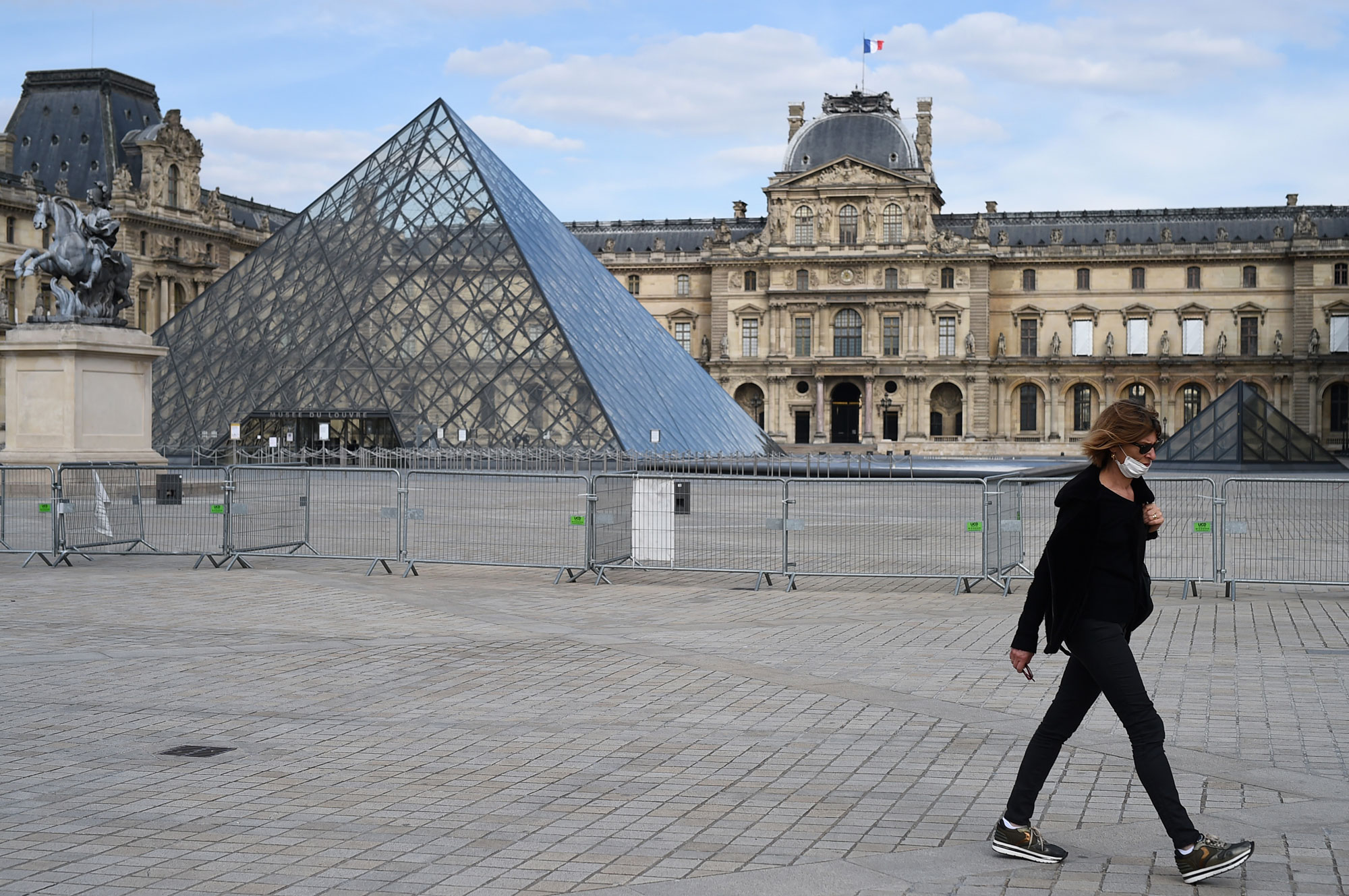
The Louvre museum in Paris is working to reopen on July 6, according to a statement released Friday on museum’s website.
The museum’s statement said it’s implementing a new system that will allow people to visit with “optimum security conditions.” The museum said it will follow all health rules, and visitors will have to book a slot to enter.
“Even if we were able to showcase the Louvre’s treasures virtually during confinement, nothing can replace the emotion of a real encounter with a piece of art, which is the raison d’être of museums,” president of the Louvre, Jean-Luc Martinez, said.
On Thursday, French Prime Minister Edouard Philippe announced that museums and monuments across France would be allowed to reopen from June 2 as France eases some coronavirus lockdown measures.
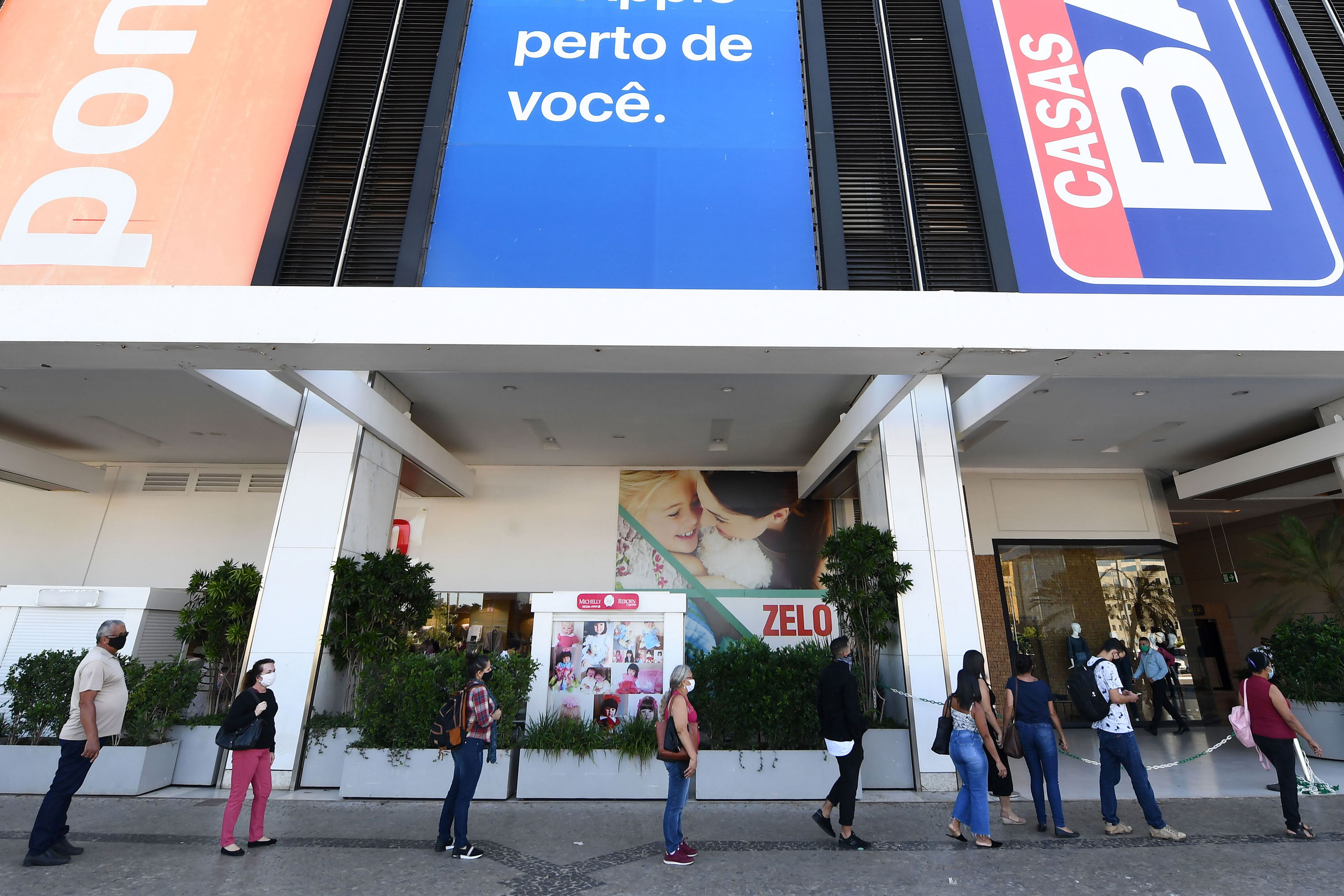
Brazil’s economy contracted 1.5% in the first quarter of 2020 as the country became a global coronavirus hotspot.
The slowdown was the worst quarterly drop since the second quarter of 2015 (2.1%), which was the peak of the country’s last recession.
Brazil’s official statistical agency, IBGE, said the numbers reflect the impact the coronavirus is having on the economic activity of the country.
Analysts expect the country to suffer even more economic pain in the next quarter forecasting a contraction between 11-12%.
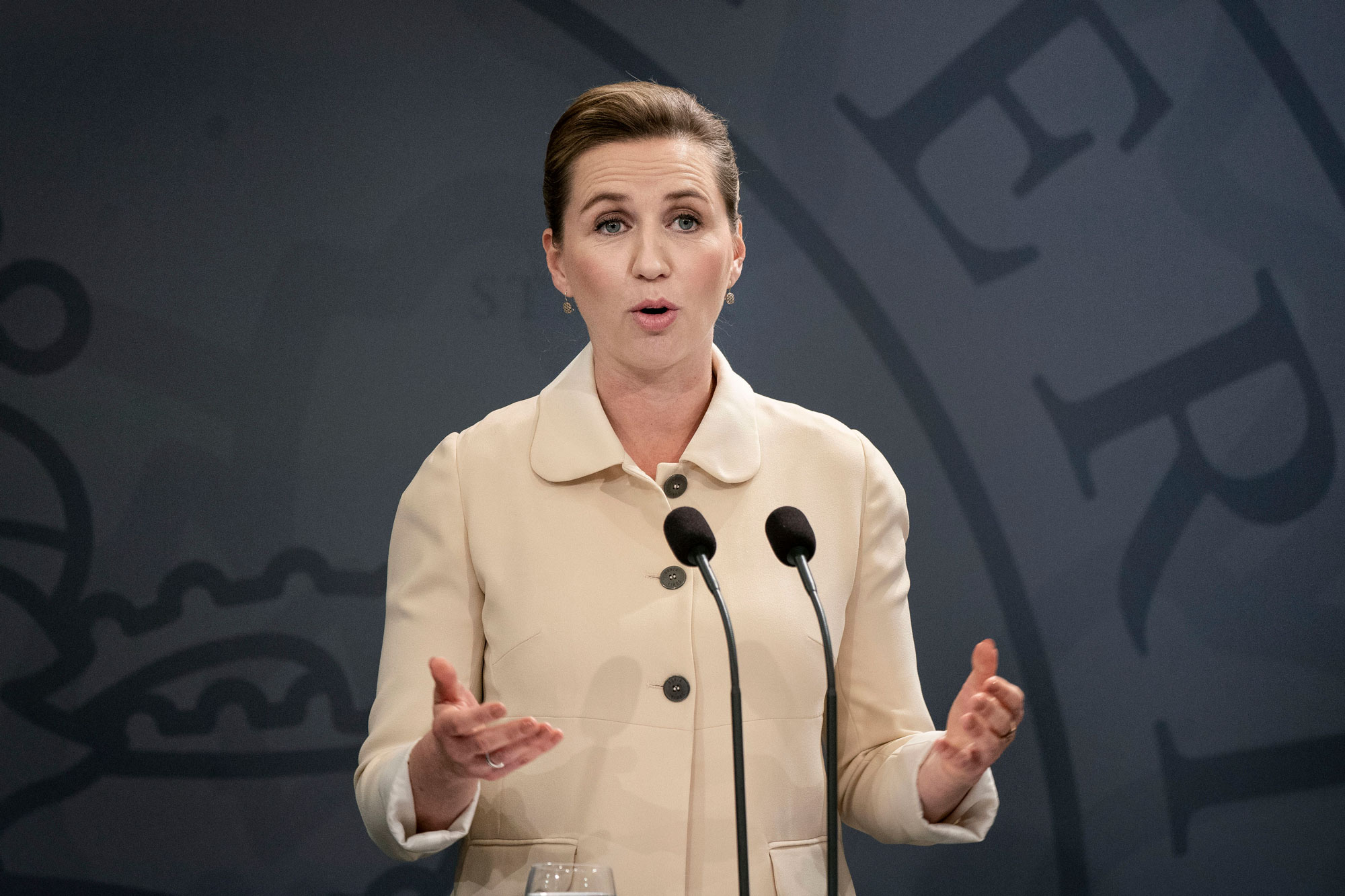
Travelers entering Denmark will be encouraged to take a randomized coronavirus test, Prime Minister Mette Frederiksen announced Friday.
The government will add mobile testing stations to tourist areas and at hot spots, with the aim of keeping track of the development of the virus and possible new chains of infection.
The prime minister said at a news briefing that tourists from Germany, Norway and Iceland will be able to enter Denmark starting June 15.
“It will take place under restriction,” Frederiksen said, adding “we have to open Denmark in a controlled way.”
Tourists must document that they have booked a stay of at least six overnights in Denmark. And while tourists are welcome to visit Copenhagen, they will not be allowed to spend the night in the capital.
The prime minister noted that the government expects to open up for other Schengen areas and the United Kingdom after the summer. The border to Sweden will remain closed for now.
Some context: Denmark has recorded zero coronavirus deaths in 24 hours for the fifth time in the past two weeks, according to the country’s Serum institute for disease control said.
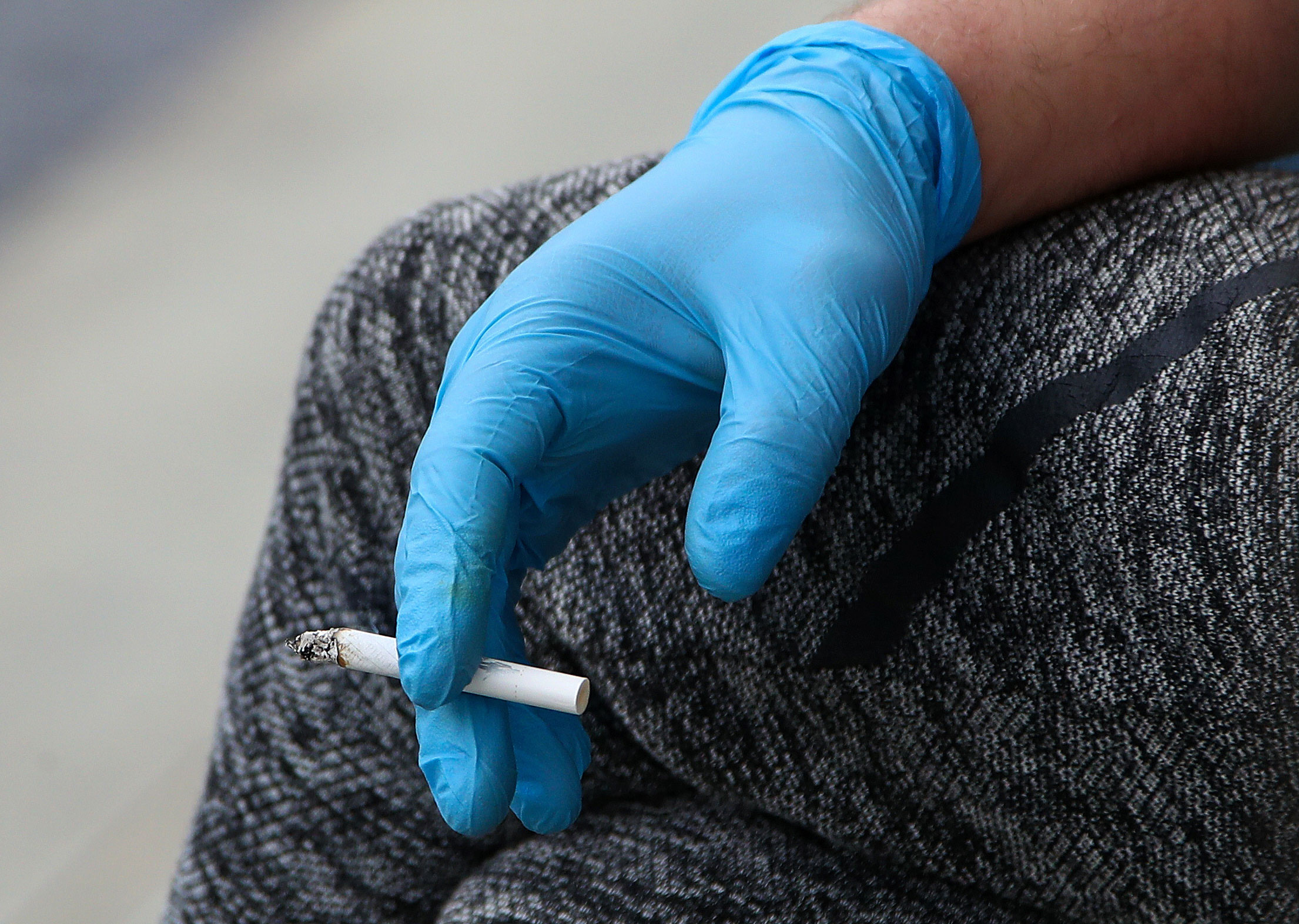
The World Health Organization (WHO) called on tobacco and nicotine industries across the world to stop taking advantage of the global pandemic and marketing directly to children and teens.
Ruediger Krech, health promotion director at the WHO, said Thursday that more than 40 million teenagers around the globe have already started to use tobacco.
“We’ve made great strides… but we’ve also had some setbacks. If we are not careful, we may lose ground in tobacco control as the industry persists and is looking to hook a new younger generation on its products,” Krech said.
Every year on May 31, the WHO celebrates World No Tobacco Day (WNTD) to raise awareness on the deadly effects of smoking.
“We see hundreds of thousands of people – of smokers – wanting to quit during this crisis,” Krech said. “There’s a huge uptake of tobacco cessation programs and demand to us to support people in quitting smoking.”
Countries like Mexico, India, Jordan, Indonesia and China, along with parts of central and eastern Europe, have all seen an increase of cessation during the pandemic.
“We are now looking for new technology solutions to make available to help those who want to quit,” Vinayak Prasad, coordinator with the No Tobacco Unit at WHO, said.
WHO said in a statement that it is launching a kit aimed at teenagers to “alert them to the tobacco industry tactics used to hook them to addictive products.”
“The toolkit exposes tactics, such as parties and concerts hosted by the tobacco and related industries, e-cigarette flavors that attract youth like bubble-gum and candy, e-cigarette representatives presenting in schools, and product placement in popular youth streaming shows,” Prasad said.
Adriana Blanco Marquizo, convention secretariat head at WHO’s Framework Convention on Tobacco Control, said it is important to arm younger people to fight the tactics.
“Adolescents and young people can be empowered to protect themselves when they understand the intention of this industry – an industry that really wants them hooked in an addictive behavior, just in order to keep the profits, even if it goes against public health,” she said.
The coronavirus pandemic has infected more than 5.8 million people globally. If you’re just joining us, here are the latest developments:
- Berlin eases lockdown restrictions: Pubs in the German capital will reopen from Tuesday, June 2. Open-air events such as concerts or film screenings will be allowed to start from the same date, but will be capped at a maximum of 200 people.
- Seoul closes schools: More than 500 schools in the South Korean capital closed on Friday after briefly reopening. The country’s health officials are trying to stamp out a new coronavirus cluster in the city.
- Renault slashes jobs: The carmaker announced that it would cut 14,600 jobs, in an attempt to cut costs during the pandemic.
- English Premier League to restart: The soccer competition will provisionally resume from June 17, ending a three-month break brought about by the pandemic.
- US death toll rises: At least 101,621 people have died from coronavirus in the country, which has suffered the highest number of deaths globally.
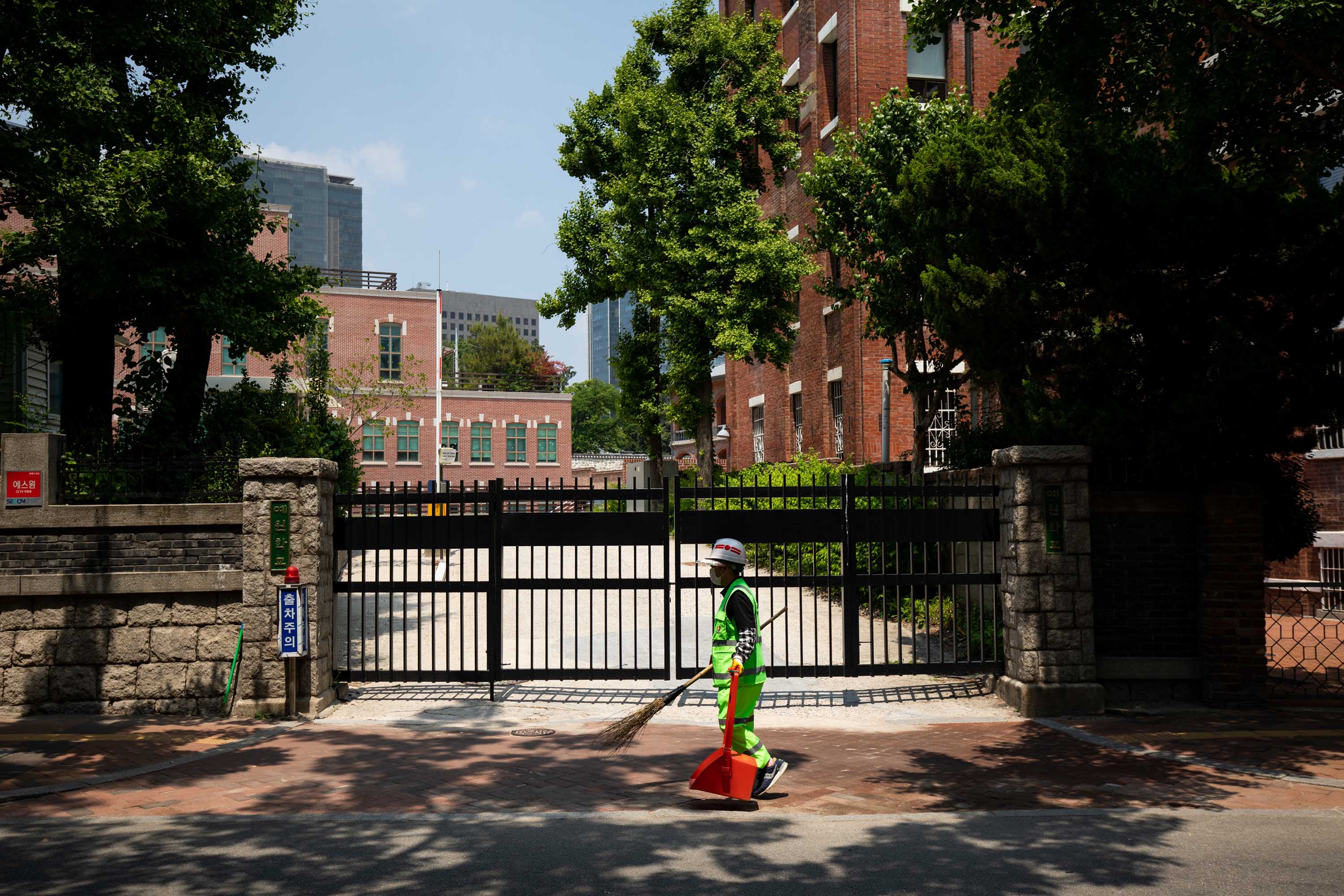
More than 500 schools closed again Friday to students after briefly reopening, as South Korea moves to stamp out a resurgence of the coronavirus in the capital, Seoul, and its surrounding metropolitan area.
Parks, art galleries, museums and theaters operated by the government in the Seoul metropolitan area — home to about half the country’s population of nearly 52 million — have also been closed to the public for the next two weeks.
Government hosted events in the metropolitan area will be canceled or postponed as well, Health Minister Park Neung-hoo said Thursday. The authorities have recommended that private academies and internet cafes there close too until June 14.
Park also asked people living in the Seoul metropolitan area to refrain from going outside or holding events for the next fortnight.
The coronavirus outbreak includes a cluster in a logistics center in Bucheon. Almost 100 cases had been linked to the logistics center cluster as of Friday, Vice Health Minister Kim Gang-lip said in a briefing. So far, 3,836 people out of 4,351 workers and visitors at the center had been tested, he said.
Read more here.
English Premier League soccer matches will make a provisional return on Wednesday June 17, ending a three-month break to the top-flight competition because of the Covid-19 pandemic.
Police forces in England have requested that six of the matches – including the game in which Liverpool could secure the league championship – take place at neutral venues, the National Police Chiefs’ Council (NPCC) confirmed Friday.
“The majority of remaining matches will be played, at home and away as scheduled, with a small number of fixtures taking place at neutral venues, which, contrary to some reports, have yet to be agreed,” Deputy Chief Constable Mark Roberts, NPCC Football Policing Lead, said in a statement.
“This plan will be kept continually under review to ensure public health and safety and a key part of this is for supporters to continue to respect the social distancing guidelines, and not to attend or gather outside the stadiums,” added Roberts.
Liverpool are two currently wins away from claiming a historic title – its first in 30 years. The team sits 25 points clear of second-placed Manchester City with nine full rounds of match fixtures remaining.

At least 101,621 people have died in the US from coronavirus, according to Johns Hopkins University, with at least 1,721,926 cases recorded across the country.
The totals include cases from all 50 states, the District of Columbia and other US territories, as well as repatriated cases.
The US has the highest number of deaths and cases globally.
CNN is tracking Covid-19’s spread across the nation here.
